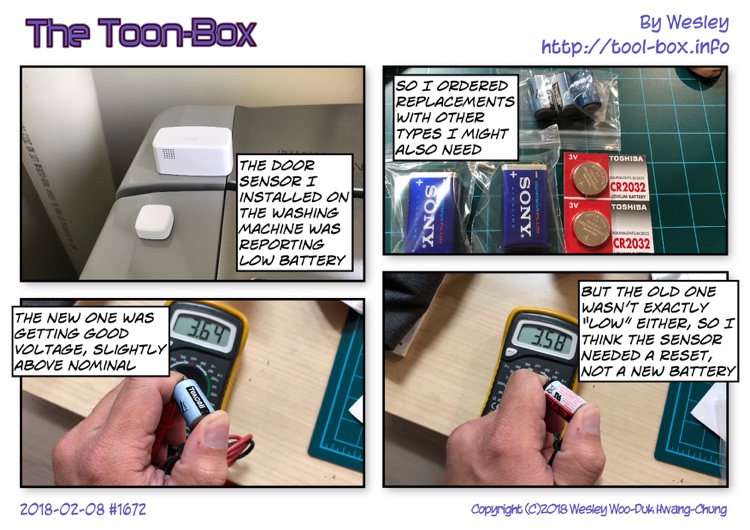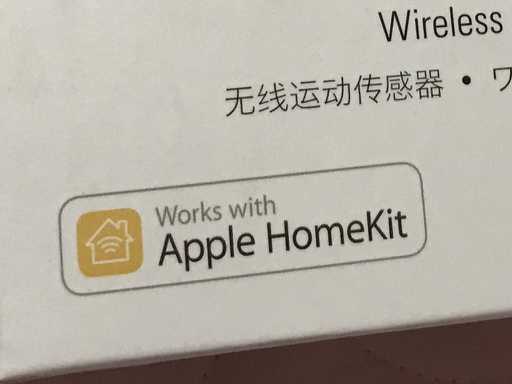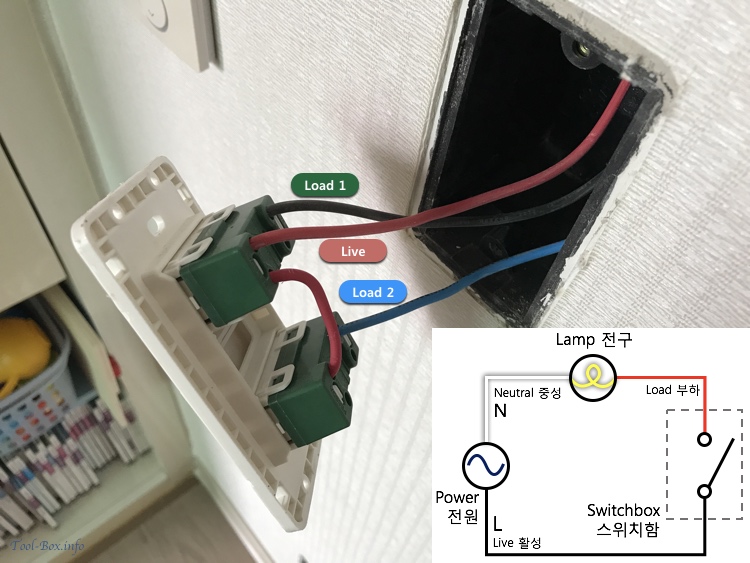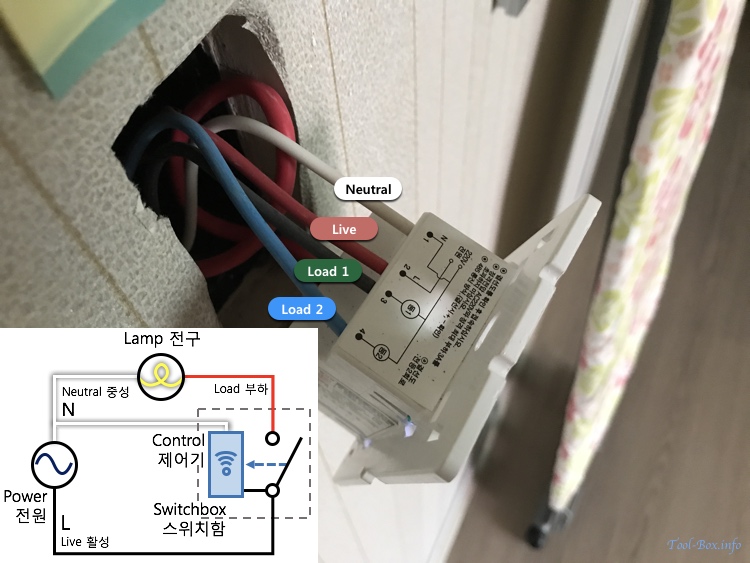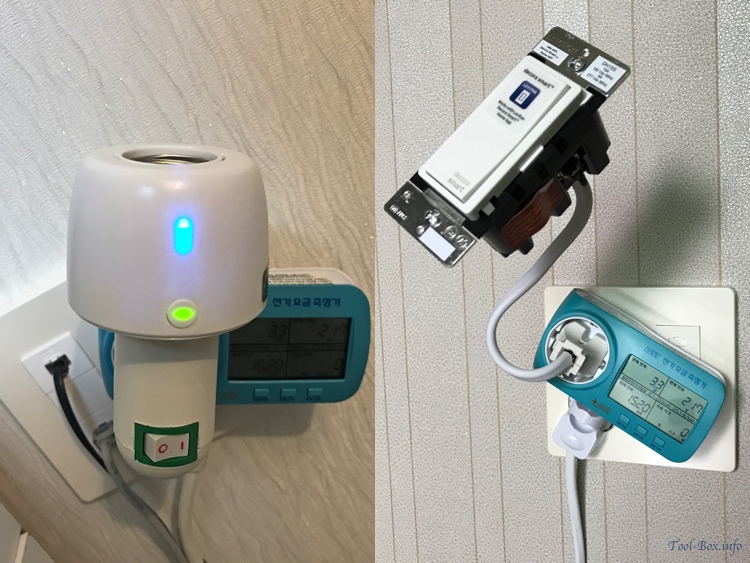PSAurora Smart Bulb & Portable review
Posted by Wesley on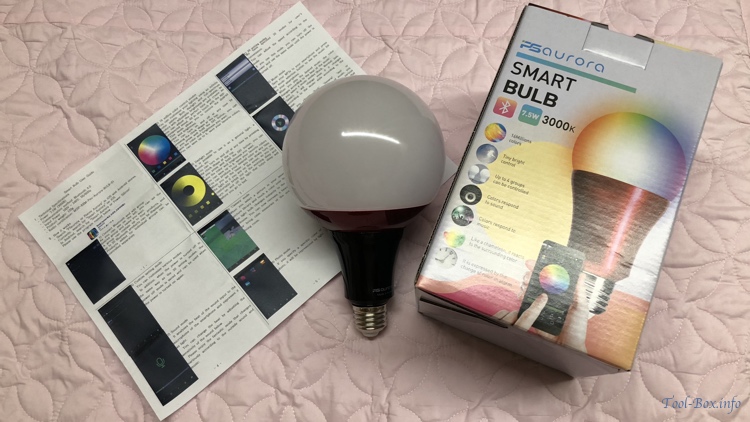
PSAurora Smart Bulb - the 7.5W globe bulb version
Power Silicon Ltd., a Korean manufacturer of LED lighting and power supplies, has expanded its portfolio to smart lighting late last year under its "PSAurora" brand. In order to promote these new products, the company was looking for people to test out and review these smart light bulbs. The smart lighting market is becoming crowded these days, so I was curious to know if they could hold their own and put in my request.
After the request to review was accepted, two bulbs arrived in the mail - the globe bulb version of the Smart Bulb and a handy Smart Portable. Both were controllable by Bluetooth Low Energy (BLE) from a smartphone using a companion app.
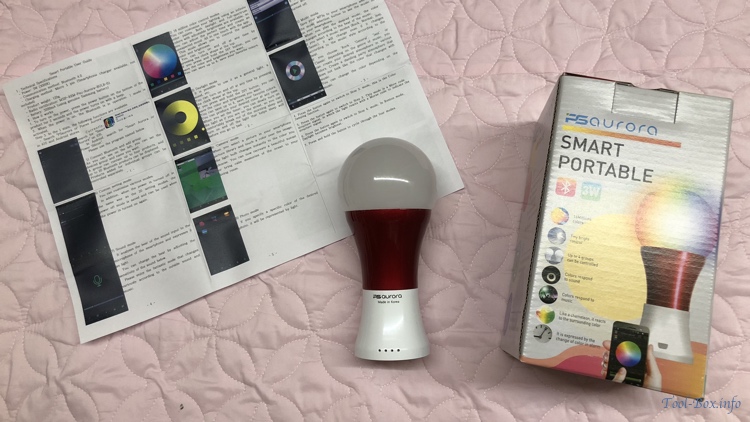
PSAurora Smart Portable - the 3W portable lamp
Each bulb came in a cardboard box adorned with English product description and basic user instructions. A much more detailed single-sheet user manual in both English and Korean was in the boxes. The bulbs themselves were largely made of plastic, but they did not feel flimsy and were well rounded.
At a first glance, everything seemed to be there for a user to get everything up and running, including installation of the app and controlling of the bulb. However, I did find some room for improvement upon deeper inspection.
